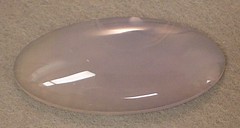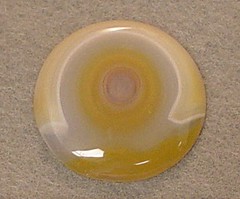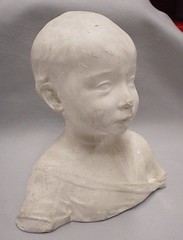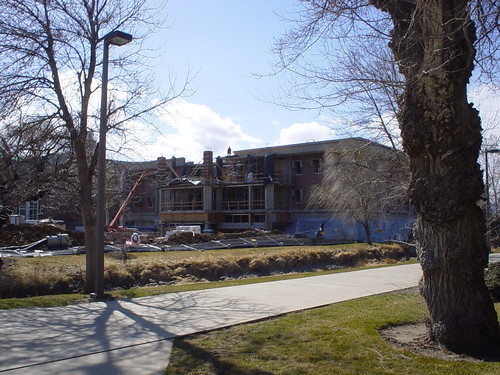
The Dean Hall renovation is progressing! The bottom floor walls have been moved out - I can see framing for them around - and the front of the building is being added on to. Dean Hall will house more than the museum; it will also be home to the Dean of the College of the Sciences, the Geography Department, the Anthropology Department, and several large classrooms. But it's exciting to see progress being made.
Progress is being made inside the museum as well. I had three hard working interns helping me this quarter. They worked on a variety of tasks including cataloging, rehousing, photographing, and updating the PastPerfect records for nearly 250 of our collections objects. Receiving special attention was our collection of West African material, including many pieces of jewelry, our collection of spears, arrows, and bows, and our collection of Southwest Pottery. I cannot thank these interns enough for their hard work, and am grateful that two will be returning for the Spring Quarter.
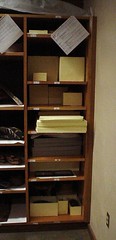

In addition, Anthropology 362: Curation and Collections Management researched our small collection of Navajo weavings and rehoused them. Previously, these textiles had been half-rolled, half-folded, but now they are rolled and hung on our impromptu textile storage rack.
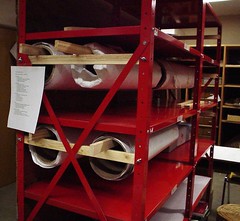
So we've made some really excellent progress this quarter, and I think we're going to make some really excellent progress next quarter. We've come a long way, but there's a great deal more work to be done.
